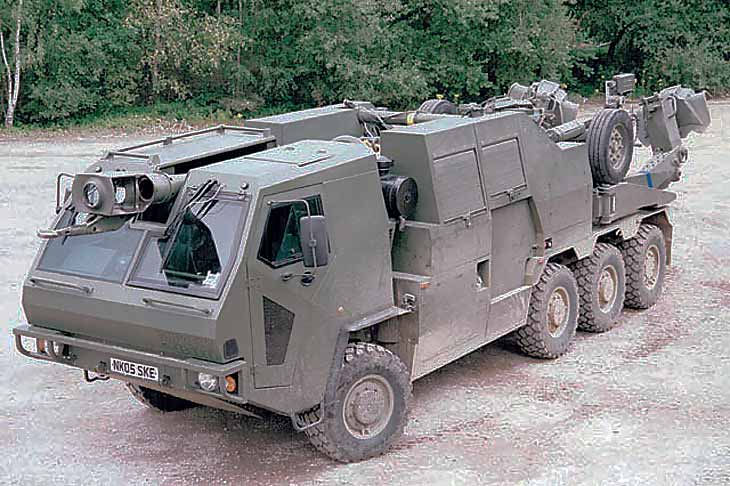aonestudio
I really should change my personal text
- Joined
- 11 March 2018
- Messages
- 2,851
- Reaction score
- 7,019
Next Generation Howitzer (NGH)
The Army Contracting Command – New Jersey (ACC-NJ), Picatinny Arsenal, NJ 07806-5000 is conducting a Market Survey on behalf of the Office of Program Manager Towed Artillery Systems (PM-TAS) to explore Next Generation Howitzer technologies in support of a multiyear capability assessment.
This Request for Information is for planning purposes only and shall not be construed as a solicitation or an obligation on behalf of the Unite States Government.
The government is interested in conducting a multiyear capability assessment of Next Generation Howitzer technologies by establishing an Other Transaction Agreement(s) (OTA) under the authority of 10 U.S.C. § 2371b for the
 sam.gov
sam.gov
 premium.globalsecurity.org
premium.globalsecurity.org
The Army Contracting Command – New Jersey (ACC-NJ), Picatinny Arsenal, NJ 07806-5000 is conducting a Market Survey on behalf of the Office of Program Manager Towed Artillery Systems (PM-TAS) to explore Next Generation Howitzer technologies in support of a multiyear capability assessment.
This Request for Information is for planning purposes only and shall not be construed as a solicitation or an obligation on behalf of the Unite States Government.
The government is interested in conducting a multiyear capability assessment of Next Generation Howitzer technologies by establishing an Other Transaction Agreement(s) (OTA) under the authority of 10 U.S.C. § 2371b for the
- Characterization of existing 155mm Next Generation Howitzer systems versus baseline Next Gen Howitzer requirements via analysis and testing.
- Integration of an Offeror’s armament onto a US truck system.
- Integration of a US Next Generation Cannon into an Offeror’s armament.
- Modification of Offeror’s armament to increase Volume of Fire.
- Integration of US Digital Fire Control onto an Offeror’s 155mm Next Generation Howitzer System.
- Designing and manufacturing 155mm truck based artillery platforms.
- Qualifying and fielding 155mm truck based artillery platforms.
- Collaborating with the U.S Government via OTA or Cooperative Research and Development Agreement (CRADA).
- Modeling and simulation at system, subsystem, and component level of a 155mm truck based artillery platform.
- Integration of digital fire control systems.
- Onboard storing, resupplying, and firing of 155mm U.S munitions.
- Integrating a 155mm Armament onto different truck based systems.
- Integrating different cannon assemblies onto a 155mm Armament.
- Different technologies (e.g. automation, cannon cooling, etc.) that can increase the volume of fire of a 155mm artillery system.




